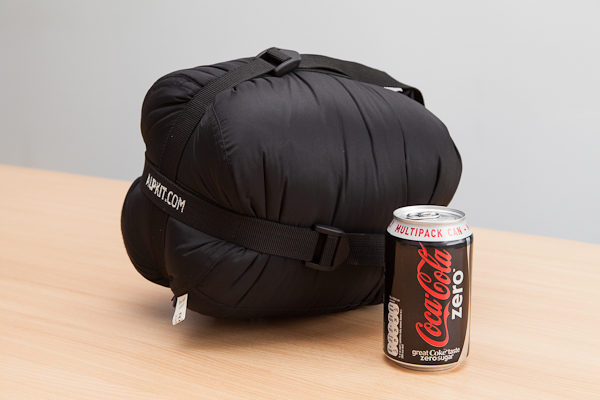Planning for Iceland continues and the current tasks revolve around making sure that I have the right equipment to stay safe.
Travelling alone always means taking a few additional steps to ensure a safe journey as a single pair of eyes can only look in one direction at once, and so I usually make sure that I know the basics such as which parts of a city to avoid roaming around at night by myself, where pick pockets most frequently operate and always ensure that any flashy jewellery, such as watches, are either left at home or kept well covered.
Still Iceland presents a different challenge as my usual planning doesn’t really apply. It’s one of the safest cities on the planet, certainly one of the safest countries and so, aside from some minor pick pocketing in Reykjavik the country’s 320,000 or so inhabitants are generally a friendly bunch. The problems I’m likely to face come from a far less discriminatory source: The weather.
Travelling around the country, even when sticking mainly to route 1, the circular route that provides the island’s main artery, means spending a lot of time alone. Only 10% of visitors arrive outside of the May to August peak season and even if you’re one of them you’d still be one of only 10% of those that make it out of Reykjavik. Reports from others travelling at a similar time of year report of only seeing a handful of cars a day and this, combined with lots of alone time makes for a great photography trip. Of course, if things should go wrong, it is a different story.
The biggest worry is that the 4×4 will break down, leaving me stranded until recovery arrives, which in the worst case scenario, that could mean an overnight stay in the car. Whilst Iceland’s weather is unlikely to live up to its name during September, it’ll still be cold at night and, as everybody knows from this year, freak weather does occur.
To that end I decided to mitigate any issues with being stranded by purchasing a sleeping bag. With hundreds of choices available and not having been camping for 20 or so years, it took a while but research, combined with a requirements list narrowed the options down considerably. Here’s what I was after:
- Compact and light. It’ll be left in the 4×4 whilst I’m there, but I have to get it to Iceland and back in a suitcase with a 23Kg limit.
- Warm. The 4×4 will acts as the wind and rain barrier, but it needed to be able to cope with projected temperatures – ideally to -5C.
- Inexpensive. I’m avoiding the word ‘cheap’ as that isn’t what I was after – when safety is concerned, cheap can mean dangerous – but I was buying the sleeping bag as a fix for a specific issue, so I wanted to minimise the investment.
It very quickly became apparent that my three requirements represented the holy trinity of sleeping bags. It also became apparent that you could quite easily have any two of the three: Light and inexpensive; warm and inexpensive; compact and warm. All the combinations were possible and several options existed in each category. The problem was, I found, to get all three.

Warm, lightweight and inexpensive: The Holy Grail for sleeping bags. Alpkit’s SkyeHigh 600 may be a contender…
As I carried on reading the forums the general advice was to go for a goose down bag as they tend to have a high thermal rating to weight ratio, but their main issues were cost and they suffer badly when wet. For me, wet was not likely to be an issue and so I largely ignored that aspect and concentrated on finding a good value goose down bag. There are not that many options, but I did find a lot of recommendations for the SkyeHigh 600 bag from UK manufacturer Alpkit and after much debate decided to get one. Alas, the Alpkit website was showing out-of-stock (and still is) but I luckily managed to pick up a barely used one on eBay. I would have preferred to have bought a new one, but it would appear that the SkyeHigh range is popular due to it appearing to meet all three attributes mentioned above and comments on various forums show frequent stock issues.
I must admit to being initially rather impressed at the size and weight when inside the provided compression sack – 1.345Kg and it even compresses down to a bit smaller than the billed 23x25cm which is easily light enough and small enough for the suitcase. Of course, the acid test will be to actually use the bag but for now it does seem promising.
So the first contingency plan is now in place. Hopefully I’ll not need to use it, but I may just try it out just for fun one suitably cold evening…

